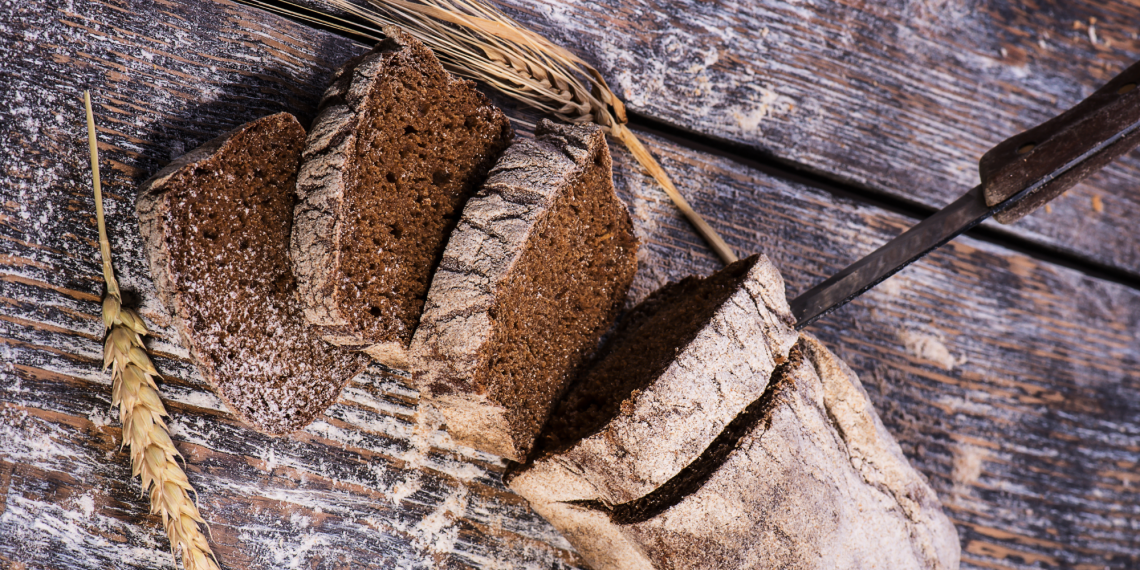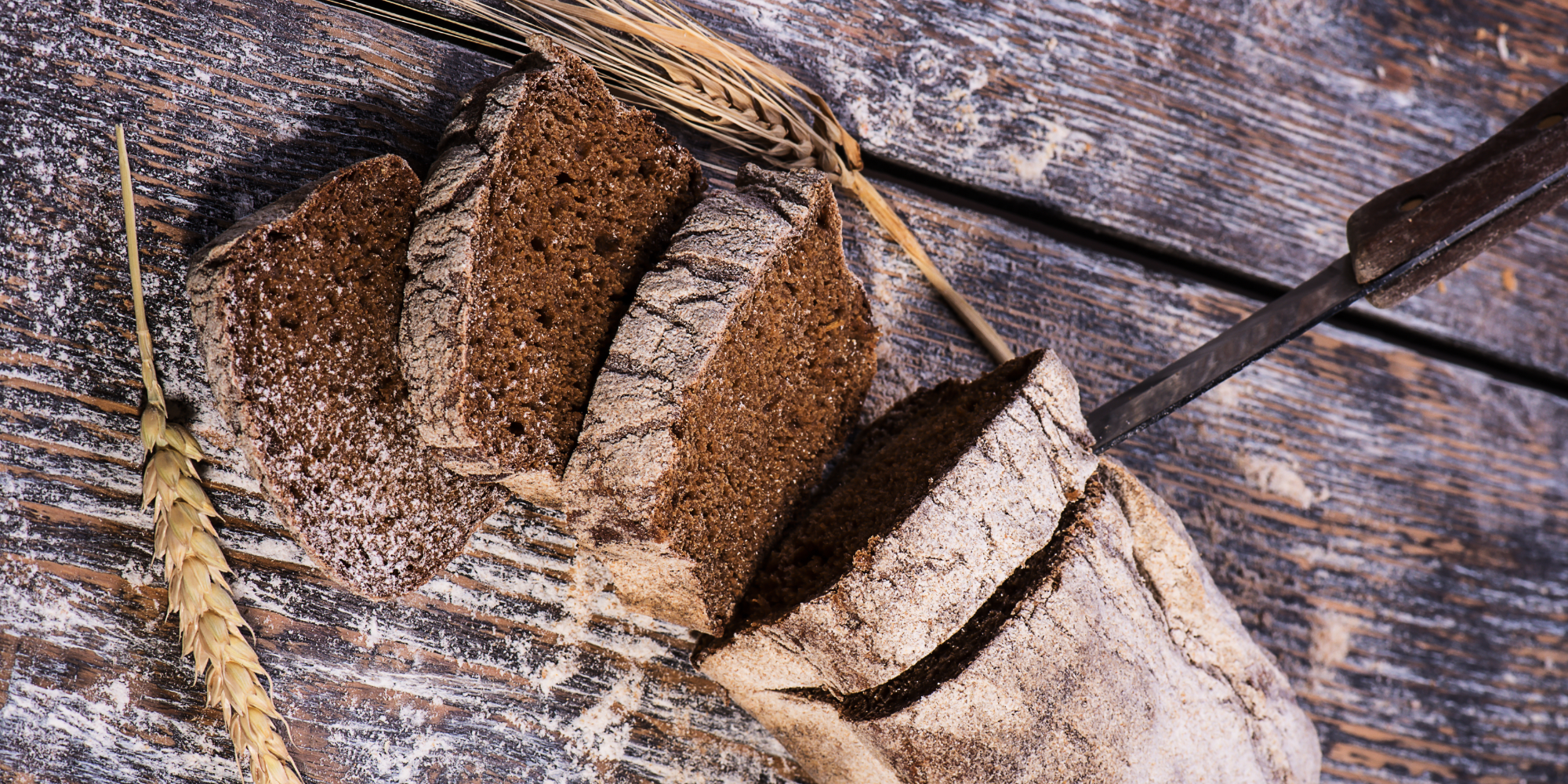
Rye bread,facts
Whole rye bread 100%
- Rye cultivation probably originated in southwest Asia more than 8500 years ago, migrating west across the Balkan Peninsula and across Europe.
- Today, rye is widely grown in Europe, Asia and North America.
- Rye ranks second after wheat in bread production.
- Rye bread is thicker, darker and tastes better than ordinary white and wheat breads.
- Rye bread is high in nutrients, especially fiber and B vitamins.
- Rye bread is high in carbohydrates and dietary fiber and provides small amounts of protein and potassium.
- Rye bread has a lower glycemic index (GI), which means it causes a slower rise in blood sugar than white bread after consumption.
- Rye bread is not gluten-free, but is lower in gluten than wheat bread.
- Rye bread can have a very long shelf life, measured in months rather than days, and is popular for long boat trips and outdoor expeditions.


 Bulgarian
Bulgarian 